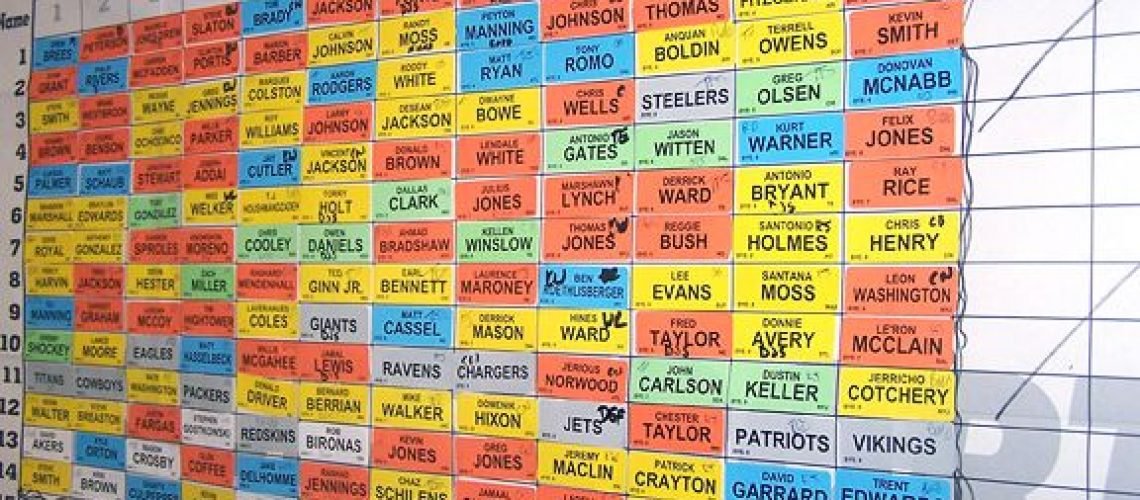SELECTING CANDIDATES
Create the draft, then sign the first pick.
The beautiful part about this stage is that if you have effectively implemented the previous stages, this one will be an absolute breeze. What we’re doing here is tying up some loose ends, finalizing our decision, then making the offer to the candidate of our choice.
 BACKDOOR REFERENCING
BACKDOOR REFERENCING
In the final stages, it is always smart to get a reference from someone who /has not/ been directly identified by the candidate.
This is to take the conflict of interest out of the process when it comes to getting a reference on a candidates background. This doesn’t necessarily have to be a previous manager as they may be limited, but someone that worked alongside them at bare minimum.
 COUNTEROFFER COACHING
COUNTEROFFER COACHING
The action that hiring managers fear most is a counter offer from the current employer. This wastes so much time, and if you don’t have a backup candidate – can force you to start all over! Old school recruiting gurus like Bill Radin suggest you should warn the candidate about the possibility of counteroffer, but also figure out at what scenario they would accept a counter offer from their current employer.
Bill says to start high such as “Would you accept a counter offer if they doubled your salary?” He mentions that this also will make the counteroffer seem underwhelming if something does come through.
 OFFER PRESENTATION
OFFER PRESENTATION
This is the simplest, yet most delicate stage. When we are working with our clients, we prefer to make the offer and set the start date. However, when it comes to making internal offers, the best idea is to sit down face to face and make the offer. This way, you can get any questions answered, and make sure to have the entire process wrapped up the same day as the offer.
Typically, candidates should almost know the offer is coming and should already be in the ‘yes’ mindset. One of the biggest mistakes that hiring managers can make is making the offer too early. Do not make the offer the same day, or the next day as the first face to face interview. Some hiring managers get over-eager to hire, but this does nothing but scare the candidate. The offer should go out a few days to a week after the final interview. I also suggest not making the offer time sensitive. The candidate should accept in less than a week – but if you give them a time limit, it creates more questions and more uncertainty as they feel like they are being unfairly influenced to make a quick decision.
MISSING SOMETHING?
Didn’t get the opportunity to read about all of the steps before you get into the offer presentation stage? No problem, check out Elite LBM Talent: The Blueprint (link)
